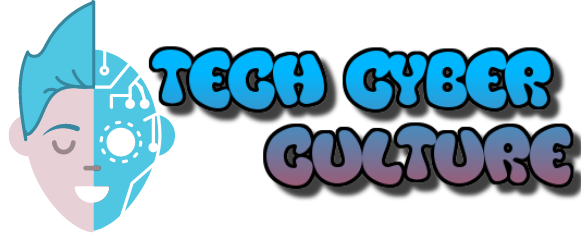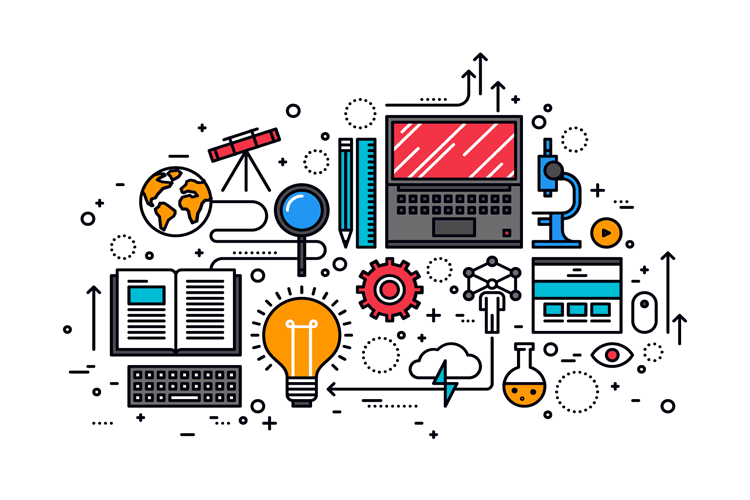What are the top 10 advancements in the field of natural language processing (NLP) and its applications in chatbots and language translation?
1. Transformer Models: The advent of Transformer models, such as BERT and GPT, has revolutionized natural language processing by improving the performance of various NLP tasks, including chatbots and language translation.
2. Transfer Learning: Transfer learning techniques have enabled the pre-training of large language models on massive datasets, which can then be fine-tuned for specific NLP tasks. This approach has significantly boosted the accuracy and efficiency of chatbots and language translation systems.
3. Neural Machine Translation (NMT): NMT models have overcome some limitations of traditional statistical machine translation methods. They employ end-to-end neural networks to directly translate source language into target language, resulting in more fluent and accurate translations.
4. Attention Mechanism: Attention mechanisms allow models to focus on specific words or phrases when processing a sentence, which has greatly improved the quality of translations and chatbot responses.
5. Contextual Word Embeddings: Contextual word embeddings, such as ELMo and GPT, capture contextual meaning and represent words based on their surrounding context. These embeddings have improved the understanding of nuanced language in chatbots and translation systems.
6. Zero-shot and Few-shot Learning: Zero-shot learning has enabled chatbots and language translation models to handle languages they were not explicitly trained on. Few-shot learning, on the other hand, allows these systems to adapt quickly to new languages or domains with a limited amount of training data.
7. Multilingual Models: Multilingual models have the capability to understand and generate text in multiple languages. This advancement has facilitated the development of chatbots and translation systems that can cater to a diverse range of language needs.
8. Reinforcement Learning: Reinforcement learning has been applied to chatbots and translation models to optimize responses and translations. It allows the systems to learn from user feedback, improving their performance over time.
9. Dialogue Management: Enhanced dialogue management techniques have enabled chatbots to engage in more dynamic and contextually-aware conversations. These approaches can understand user intent, retain dialogue history, and generate coherent and contextually appropriate responses.
10. Language Generation: Advances in generative models, like GPT-3, have opened up possibilities for more creative and fluent language generation in chatbots and translations. These models produce human-like text, allowing for more interactive and natural conversations.






